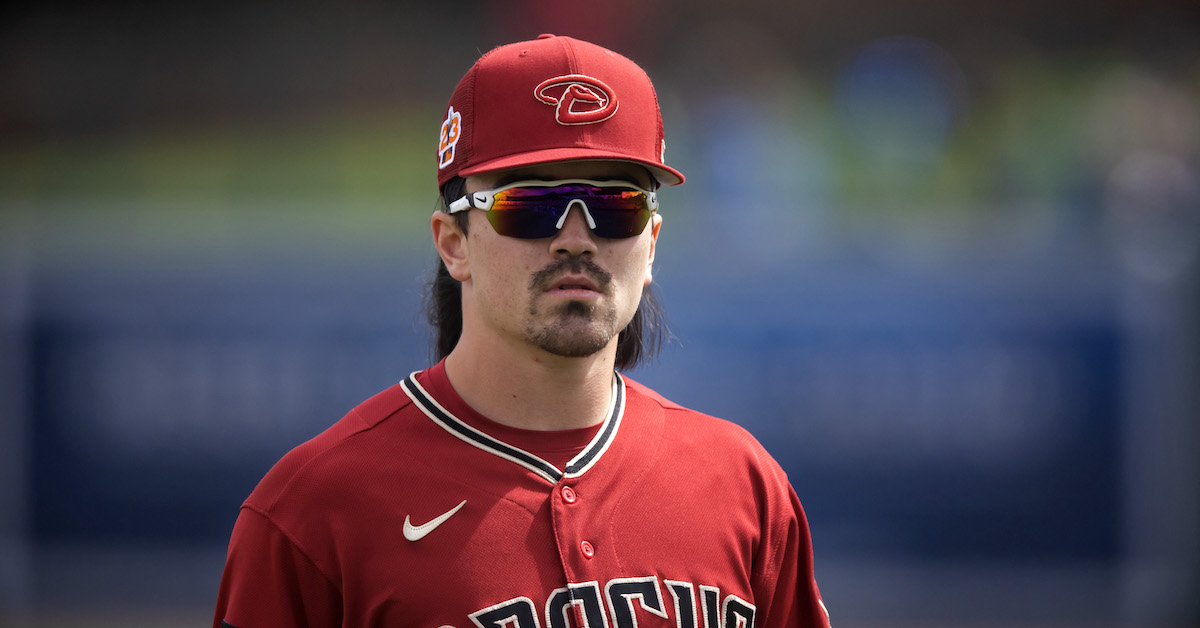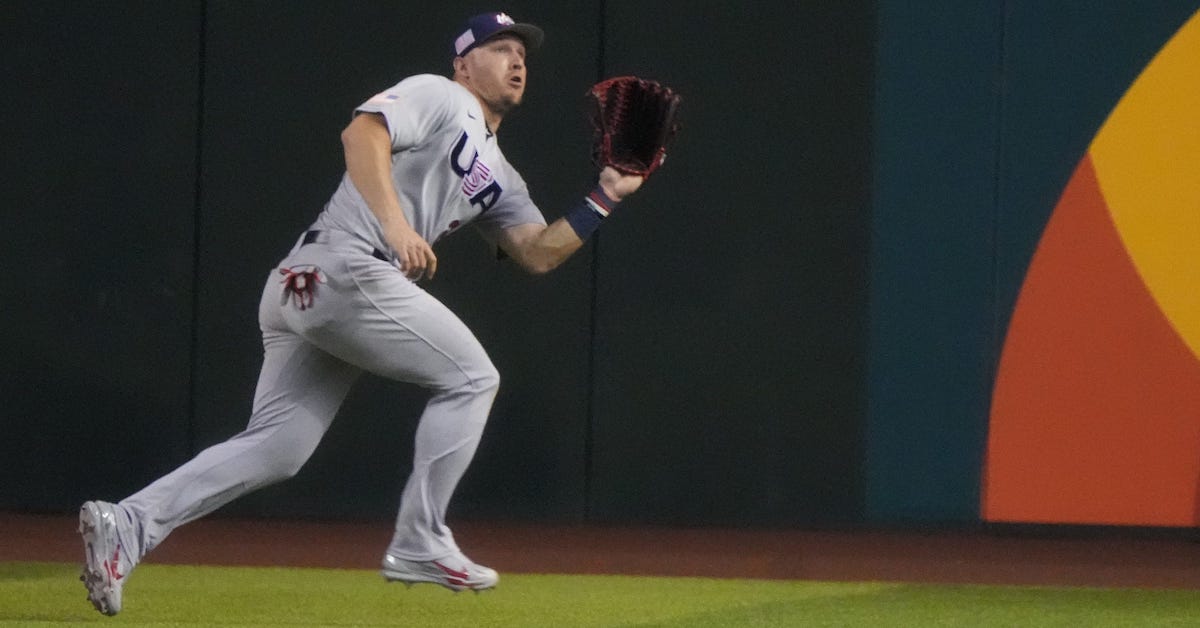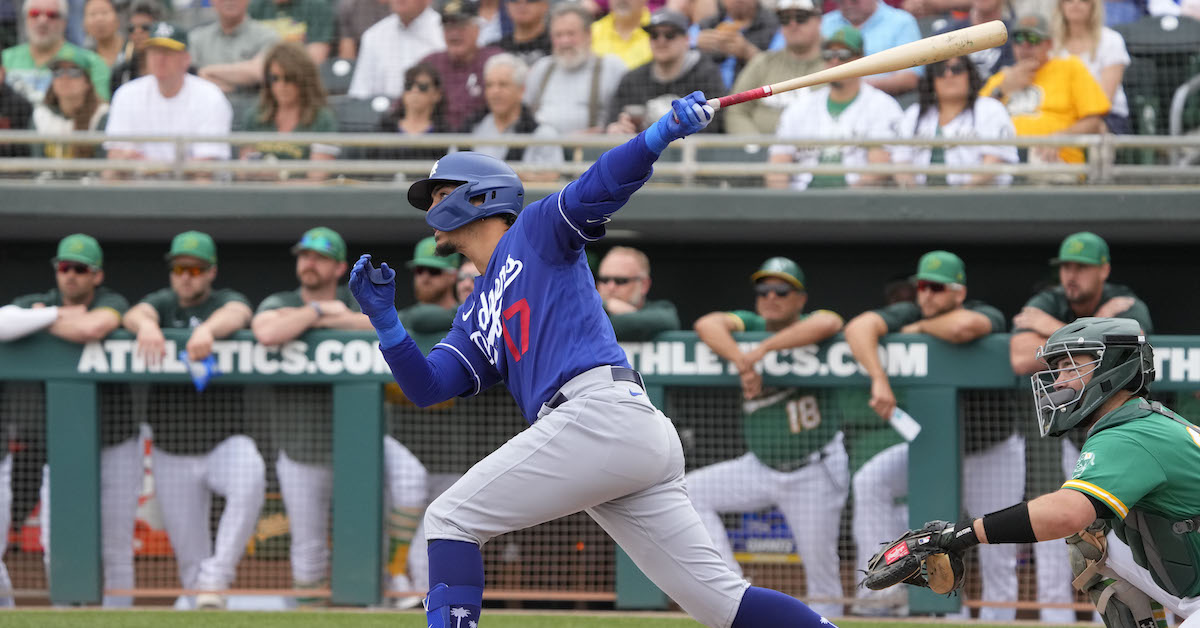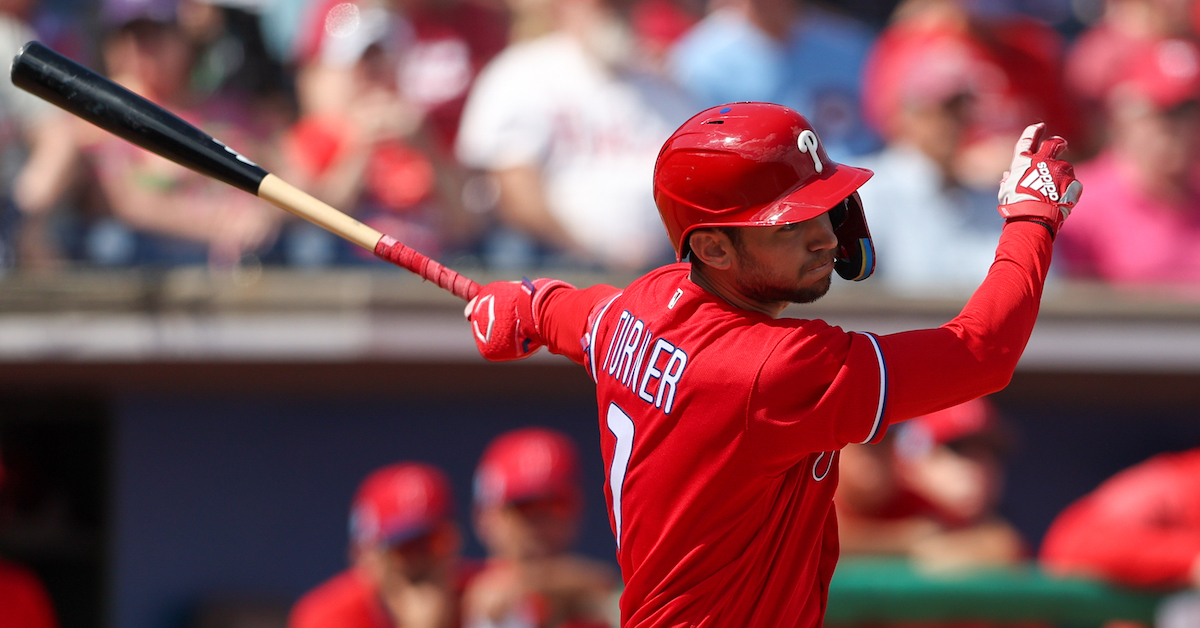Evaluating This Season’s Rule Changes From a Game Design Perspective

This is Kiri’s first piece as a FanGraphs contributor. She lives in the Pacific Northwest while contributing part-time to FanGraphs and working full-time as a data scientist. She spent five years working as an analyst for multiple MLB organizations.
By this point, you’ve undoubtedly consumed considerable content regarding the rule changes arriving in the majors for the upcoming season. You know all about the pitch clock dictating when hitters must ready themselves in the box and when pitchers must start their deliveries, as well as the wrinkle this introduces to pickoff attempts. You’ve also heard about the bigger bases and the limits on defensive shifting. Analysts have projected which players stand to be impacted most by the changes, while players who feel the changes make their jobs more difficult have voiced their concerns, and early spring training action has showcased the growing pains of adoption. With much of the existing commentary zooming in on the micro effects for particular players and game situations, let’s take some time to zoom out and ponder the macro effect on the game as a whole. More specifically, let’s ruminate on what makes a game or sport objectively appealing and how the rules — and subsequent changes to them — influence the appeal of a game.
At the most basic level, games are defined by rules dictating play. For those of us who struggle with authority, rules often feel restrictive. It’s no wonder, since rules come across as real haters, with all their “Don’t do this,” and “Don’t do that,” and “You can do this, but no, no, not like that.” That said, we needn’t have such an adversarial relationship with rules. In his book exploring the game of basketball, Nick Greene notes, “Games are peculiar. They are the only pursuit in which rules are used to facilitate fun.” To better understand the dynamic between rules and fun, Greene interviews a game design professor, Eric Zimmerman, who explains, “One of the paradoxes of game design is that the creativity of play is made possible by play’s opposite, which are rules. Rules are in essence constraints, but games don’t feel that way. […] When the rules are activated, what follows is fluid, unpredictable magic.” The rules of any game are finite, but the universe is infinite, implying that infinitely many possibilities exist in the space not covered by the defined rules. The fun in any game lies in the creativity used to explore the infinite space outside the boundaries set forth by the rules. Read the rest of this entry »









